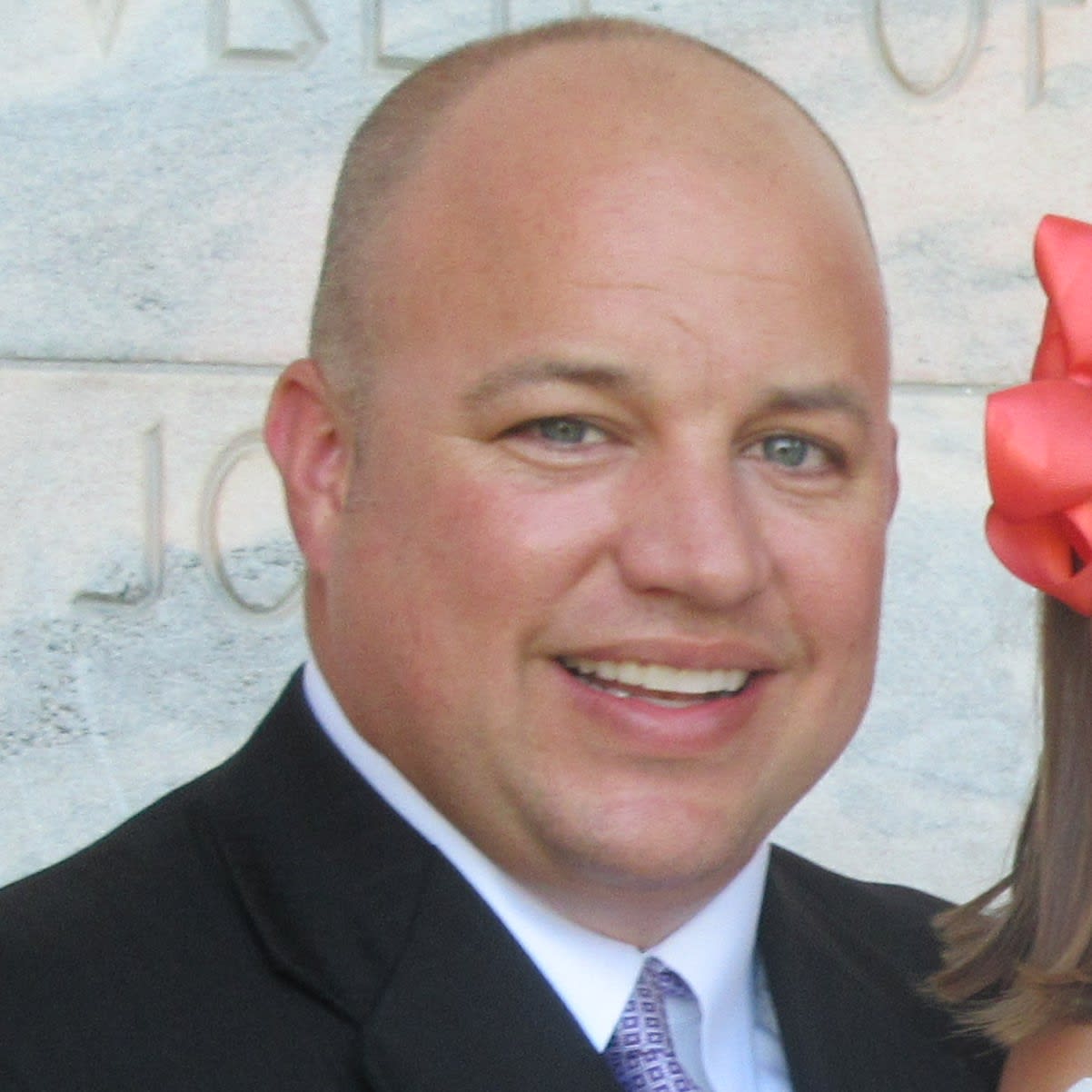KEARNEY, Neb. – Football was back on Saturday.
A crowd of 2,475 fans watched from Ron and Carol Cope Stadium at the University of Nebraska-Kearney as the South team defeated the North 30-6 in the 62nd annual Shrine game.
The Nebraska Shrine Bowl was the first organized football game played in the United States since the Super Bowl and some XFL games. It was also the first week of full-padded football practice in the country, as 90 players from around the state took part in week-long camps at two different sites in Kearney.
The crowd of 2,475 fans was unofficially one of the largest crowds to assemble for a sporting event in the country since COVID-19 hit.
Lots of firsts happened in Kearney and, when it was all said and done, there were no issues with COVID-19 this week. UNK team doctor Brad Rodgers led things on the ground floor with several other medical officials and event organizers.
The players went through daily temperature checks twice while in Kearney and started doing it at home on July 1 before reporting to camp on July 4.
"We’ve been very blessed,” Dr. Rodgers said. “Nobody in camp has tested positive and nobody in camp has come up with a temp. It’s been very nice thus far, and then of course, we have a lot of people looking at us to see how we’ve handled it this week. Then going forward, 14 to 17 days from now, we’ll know if we really had problems or not.”
One of the curious onlookers on Saturday was UNK head football coach Josh Lynn. The fourth-year head coach is in the middle of voluntary workouts with his own football team.
Lynn said he’s heard from multiple people around the football world interested how things were going this week in Kearney with Shrine Bowl practices.
“Both my dad and brother are high school coaches in the state of New Mexico,” Lynn said. “There was a big announcement this week that they shut down football at least until the spring. They’ve been kind of curious just to see how this has gone, as well as everybody else.
“I think the biggest thing I told them is how the Shrine Bowl directors have gone about it. They made sure everybody was safe, they were doing what they were supposed to and getting those kids to practice the right way with as much minimal contact as you can.”
And that remains the challenge. How do you provide the correct environment that meets all the safety requirements? Only major Power-Five college athletic departments and professional sports leagues can afford to purchase COVID-19 tests that cost around $100 apiece, according to Rodgers, to regularly rest their athletes.
Even the Shrine Bowl game itself didn’t require mandatory testing before the player check-in. With the cost and resources involved, it’s just not realistic. That’s why you’ve already seen Junior College football announce they are moving to the spring.
The Big Ten has already taken a step to move in a different direction with football, playing a conference-only schedule for all sports.
The MIAA is considered the premier Division II conference in the country, and they’ve already taken similar steps. They will start the season one week later, and only play a 10-game schedule that features no out-of-conference games. Some Division II conferences have already announced they are moving to the spring. Lynn doesn’t see that as a viable option in the MIAA, where many schools don’t have adequate indoor practice facilities to hold January and February practices.
“There’s a lot of momentum for that spring schedule,” Lynn said. “That really doesn’t work here, and it doesn’t really work anywhere. Here’s the problem, though, just like Division I, every state and every conference has to be on the same page. That’s the hardest piece of the puzzle. I think everybody that hasn’t dropped their season wants to play in the fall.”
Give the Nebraska Shrine Bowl a lot of credit. When people were canceling summer events left and right back in March and April, they stuck with a plan.
Executive Director Dave MacDonald and his board moved the game from June 6 to July 11, hoping that would buy enough time to get things where they needed to be in the state.
COVID-19 hospitalizations in the state of Nebraska were at 95 on Friday, which is the lowest since the numbers have been reported by the state. May 27 was the peak date when hospitalizations were at 232.
The last few months have not been easy for MacDonald. Besides meeting all the safety protocols needed to play the game, they had to replace 19 players that dropped from the game for various reasons. On top of that, they expanded the rosters to 45 players, to create more depth.
“We just knew that we had time,” MacDonald said of the Shrine Bowl’s steady-handed approach. “If we had time on our side, it was worth our option to keep pushing on. The encouragement from the families and the players, and at our banquet we heard from even more parents. They were so happy that we decided not to call things early, and to explore every option.
“I told the board we needed to push forward as far as we could and, at the end of the day, if the health department and the governor's offices told us it wasn’t safe to do so, then we would have to cancel. There was no need in April, or especially March, to make the call to cancel the game when we had at that time on our side. We thought we were going to see improving numbers, and we did.”
